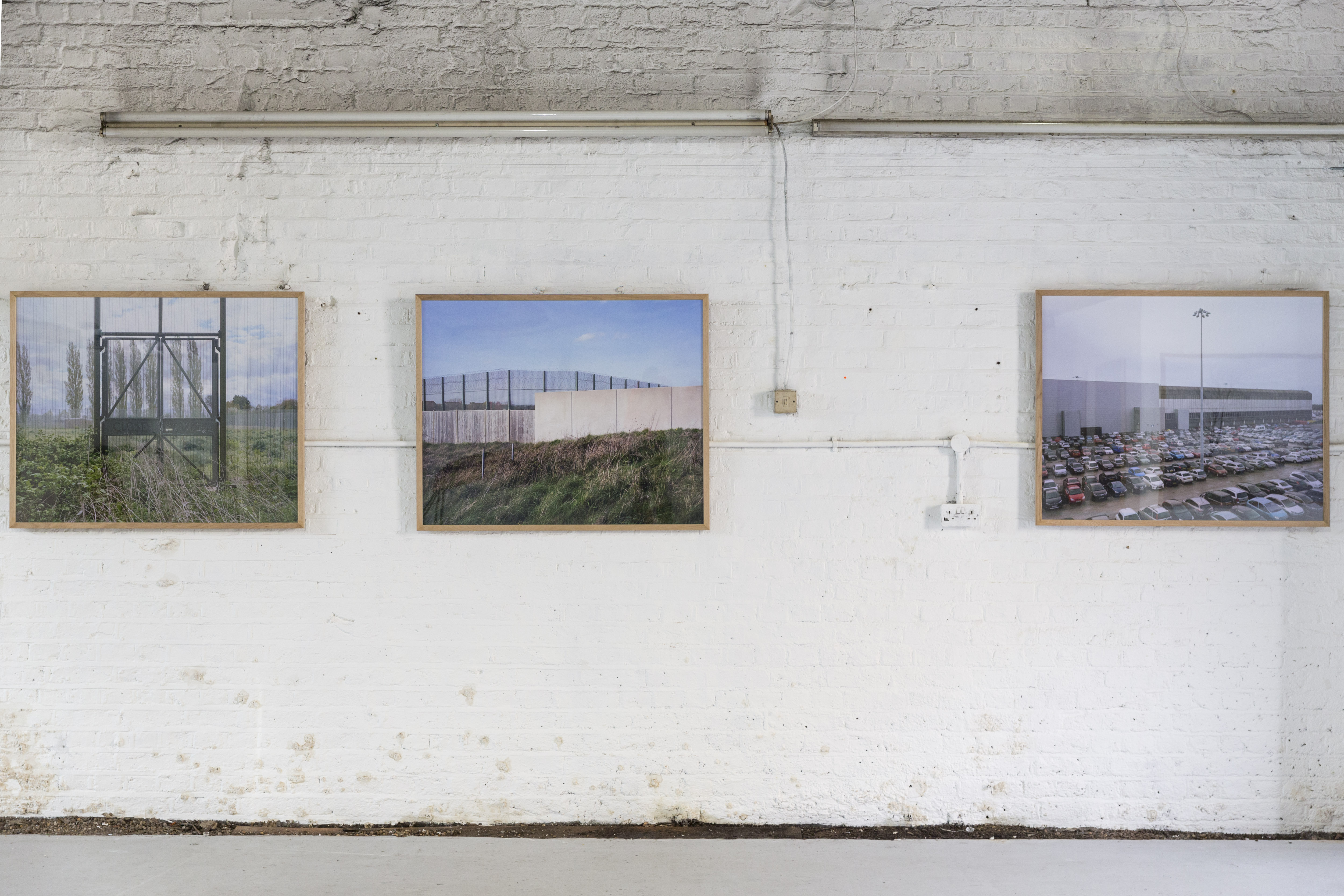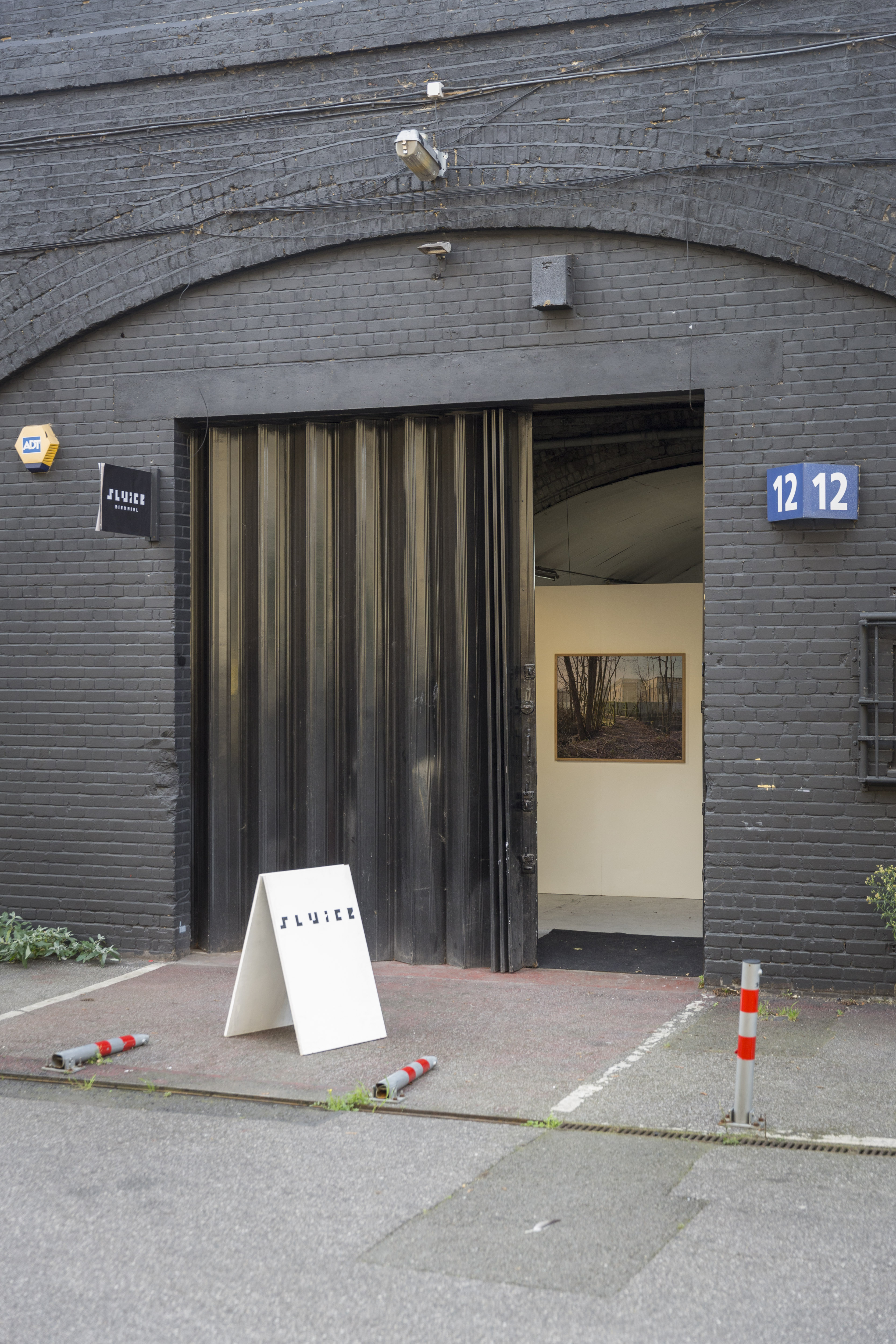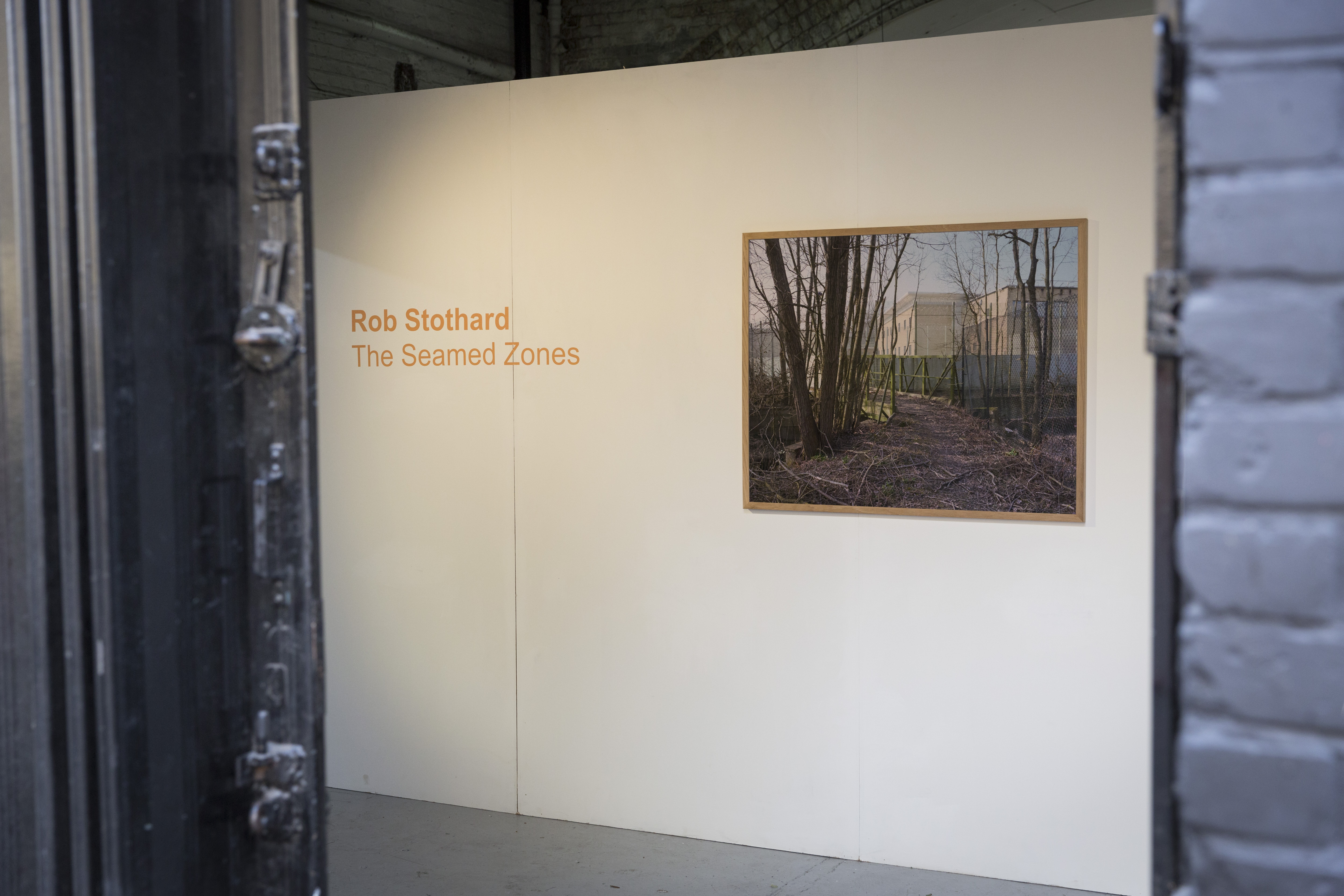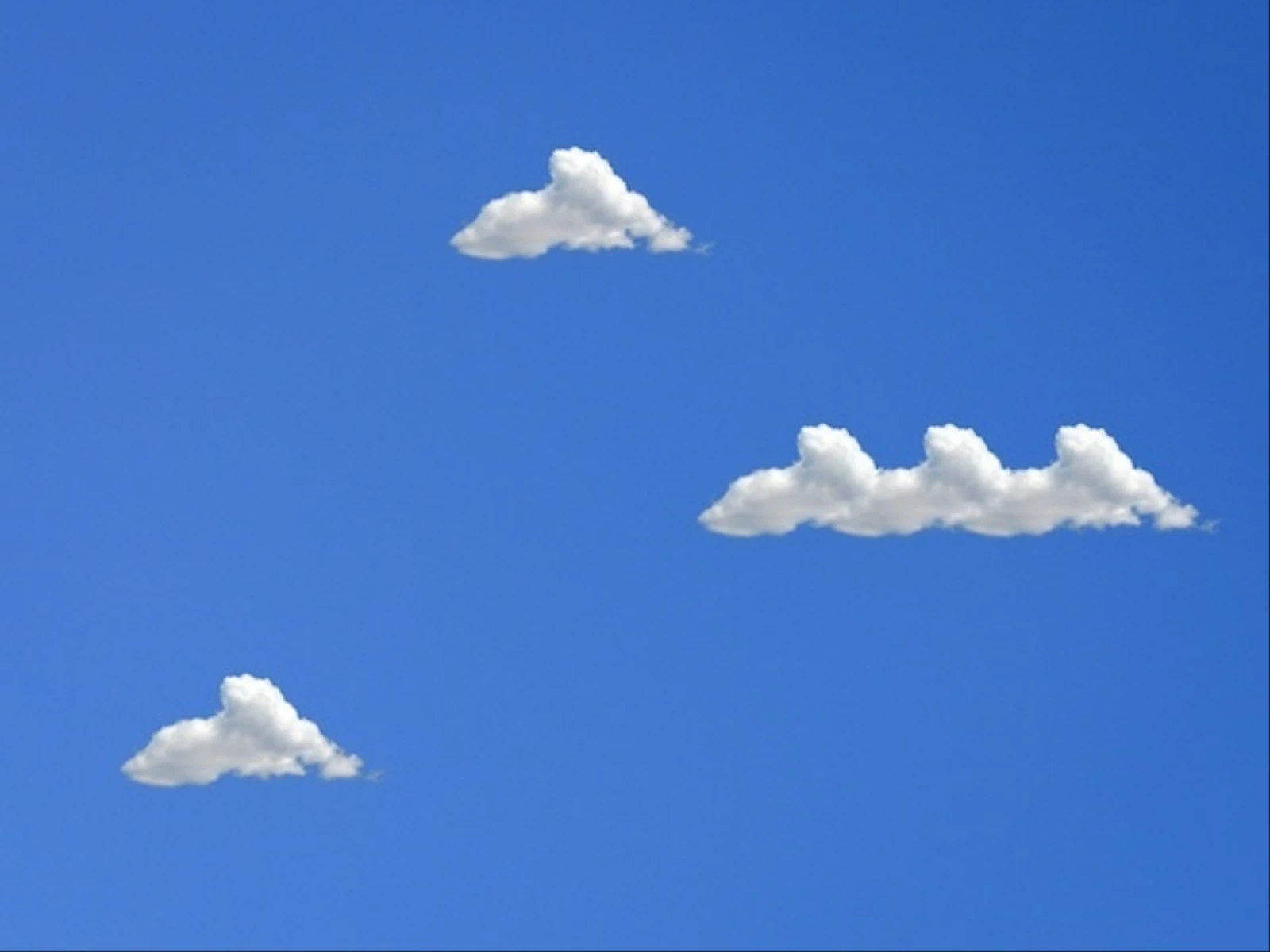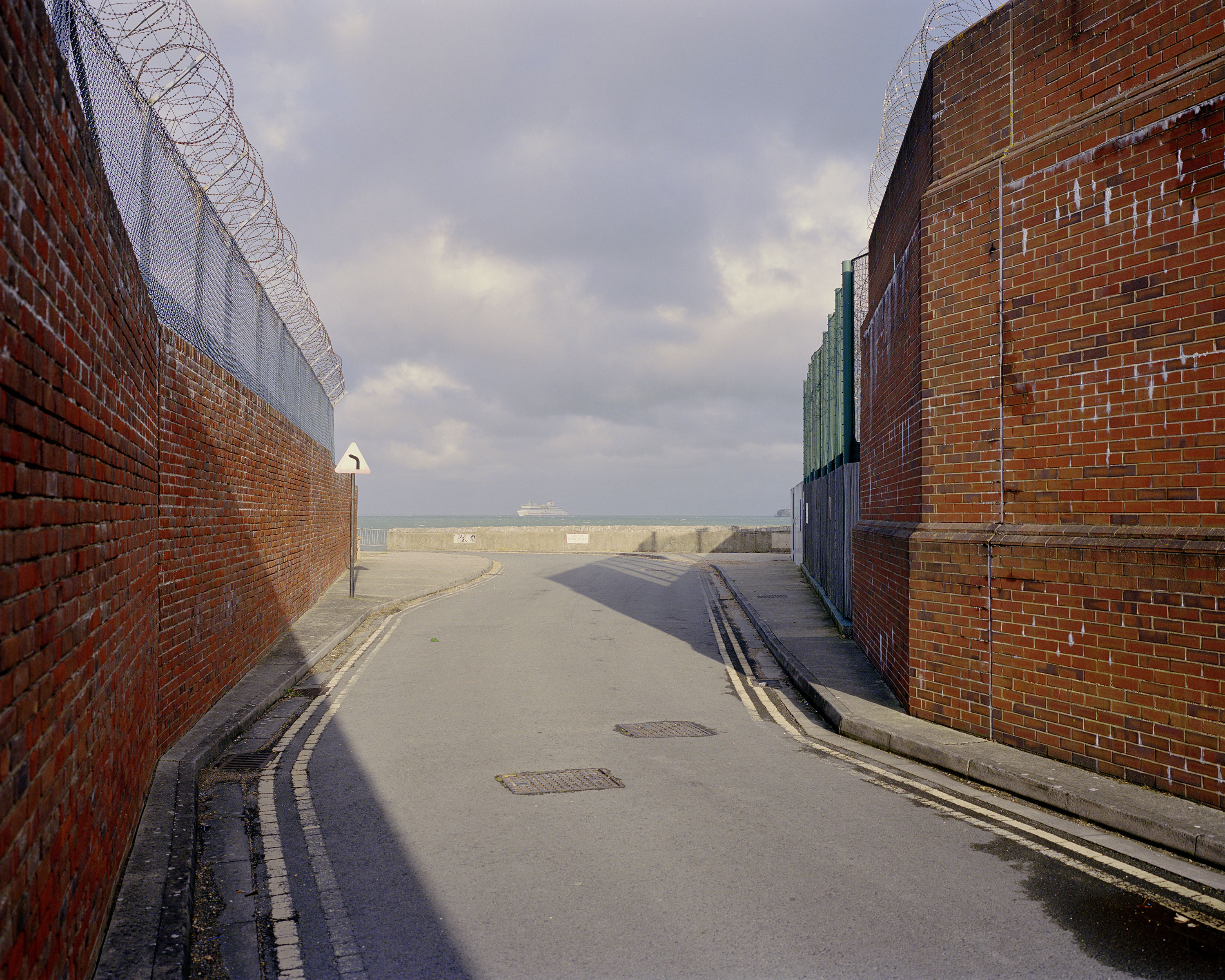This is an exhibition that can be seen in many ways. For one, it is an exhibition of landscape photography. It is a view onto contemporary scenes of the English pastoral and the domestication of nature. The photos meditate on the ways in which classically imperial tropes of the English countryside have transformed into a new aesthetic, now marked in part by barbed wire and CCTV cameras.
Seen another way, it is photographic documentation of the geography of fascism. How do we identify and mark out national borders and zones of free or restricted movement? How does the immigration complex articulate new landscapes, or rearticulate existing landscapes into something else? The way these images gesture towards "beautiful" landscape scenes emphasize, at the same time as it belies, the peculiar modern-day form of governance enacted through the effect that is central to the debate on immigration. This form of governing cannot be examined in itself but it
is elucidated in our lived experience of it: through the criteria that creates spaces of discretion, the omnipresent threat of danger that justifies the hierarchical ordering and sorting of bodies, the borders that ambiguously define the illegal in negative relation to the legal. In all cases, this is an exhibition that thinks about how art can speak truth to power. Too often fascist politics benefit from invisibility, or partial visibility, growing in shadows, in silence, in absence. It grows until it can no longer be ignored, and then it moves. It spreads in private conversation. It leaps from isolated grievances to grand narratives. It hurts, it roves, it lands like a leech on its prey. It stays. It fortifies. It rises. Photography is here a tool used to lay bare private and personal narratives. It offers a block to the cooperation of racism and power, making visible the sites and processes intended to be hidden in plain sight. It fractures the belief that immigration is a singular description for the encroaching danger we must always be on guard to keep out. These photographs show that immigration is often much less a story about the people entering a space than those who endeavour to keep them out.
The institution of immigration can manifest as mundane as the landscape that conceals it and as potent as the landscape that fortifies it. It is one of the supreme paradoxes of the institution of immigration: that for however finite the state presumes national borders to be its power and reach is presented as without start or end. It is in these conditions that Stothard is countering such operations: providing definition to the contours of an issue that is strengthened by its recourse to the indefinite.
The photographs on display are part of a larger project produced by Rob Stothard. An accompanying publication titled Removal: A Short Guide to the United Kingdom’s Immigration Detention Estate and written with Silvia Mollicchi is available on-site for free. This publication includes excerpts of psychosocial mapping and official reports documenting the location and conditions of UK immigration removal centres, reporting centres, and other sites of detention.

